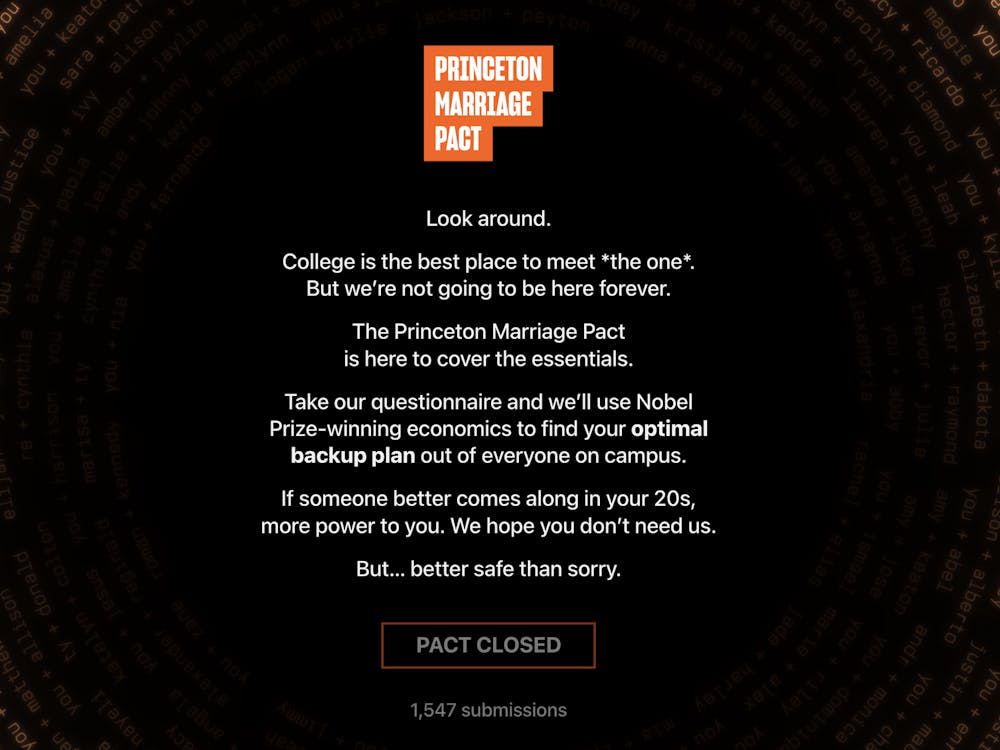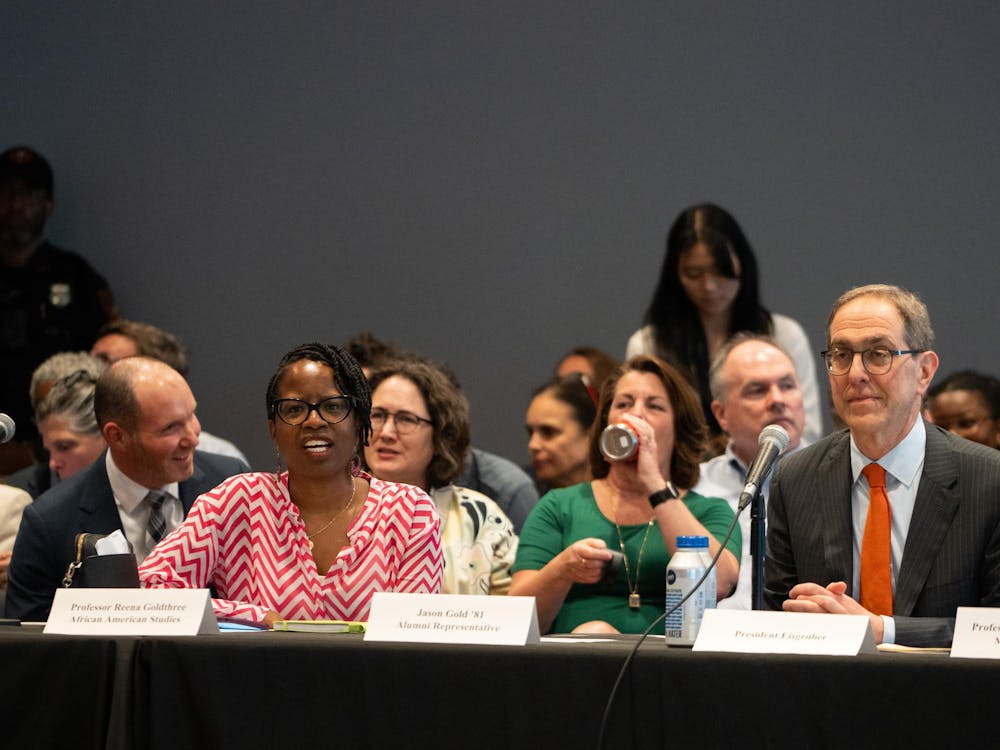A pretty standard question that I am asked on Orange Key tours, especially by parents of prospective students, is what the living situation will be like for students at the University. Although they’re inevitably impressed when we walk by Witherspoon and Blair Halls, I find it tough to answer when they ask why there simply aren’t many apartment-style housing options for students, especially compared to other schools.
At many schools, there are two such options: off-campus apartments or on-campus, apartment-style dorms. According to the University website, fewer than two percent of students live off-campus. The draw of the residential college system, the ease of being on campus or perhaps the sky-high real estate prices in town lead the vast majority of students to stay inside the Orange Bubble. However, on-campus housing options include only a paucity of apartment-style dorms, especially for undergraduates. Spelman Halls provide such an option, but they contain only 58 apartments and are difficult to obtain for students who are not independent.
By providing more flexible dining options for upperclassmen and increasing the number of apartment-style dorms, the University could better meet the housing desires of its student body and prospective students.
Our busy course and extracurricular activity schedules often mean that many students find it difficult to plan, purchase and cook food for themselves and their roommates seven days a week. As in many other facets of life, college in this regard is a transition between childhood and the “real world:” independence, but with some degree of a safety net still in place. Allowing students to purchase a smaller meal plan, something on the order of four or six meals a week, for instance, would in turn give more students the confidence to choose to go independent for the remaining meals. Other schools offer upperclassmen this option, such as New York University, because it allows students a flexibility lacking in allowing them to go totally independent.
These students, however, would still be faced with housing constraints. Spelman can house a little over 200 students, but more apartments would be needed. While some of Princeton’s peer schools, most notably Yale, don’t have any apartments for undergraduates (because of the four-year residential college system), many other schools to which Princeton applicants apply highlight the flexibility of their housing system as a positive draw. For example, NYU touts the wide availability of apartment-style dorms on itswebsite, and over half of undergraduate residence halls features at least some apartment-style rooms. Additionally and regardless of their housing situation, students have the option of purchasing a wider array of meal plans than offered at Princeton, so students in these apartments can still stop in the dining halls whenever they choose.
Princeton should include such apartment-style dorms in all new dorm buildings and pilot retrofitting a few dorms to include apartment facilities. Any increase in housing and dining flexibility can only be a good thing, both for current students and in attracting future ones as well.
Finally, it is worthy to remember the question of cost. For many students, the best draw of going independent is that the average cost per meal is significantly lower than for the dining hall plan. Affording this cost-saving option to more Princeton students who could greatly benefit from it is something that the University should be proud to do. The cost to the school of building or retrofitting dorms, though significant, can be easily borne by alumni donations and the endowment. While the endowment itself can't be used at will for projects like these necessarily, its impressive size does reflect the generosity of alumni and other benefactors. Insofar as I believe people will see this as a project worth funding, I think the endowment represents the willingness of the Princeton community to invest in projects like this to benefit the school.The bottom-line truth in the cost of such a project is that it would not be passed on to students in the form of tuition hikes.
A school that has a good educational and residential model is right to replicate that model for every student and make high quality uniform. Having said that, the model itself can be improved by offering greater residential choice to students, and allowing more of them to save money and gain greater independence if they so choose.
Ryan Dukeman is a sophomore from Westwood, Mass. He can be reached at rdukeman@princeton.edu.








